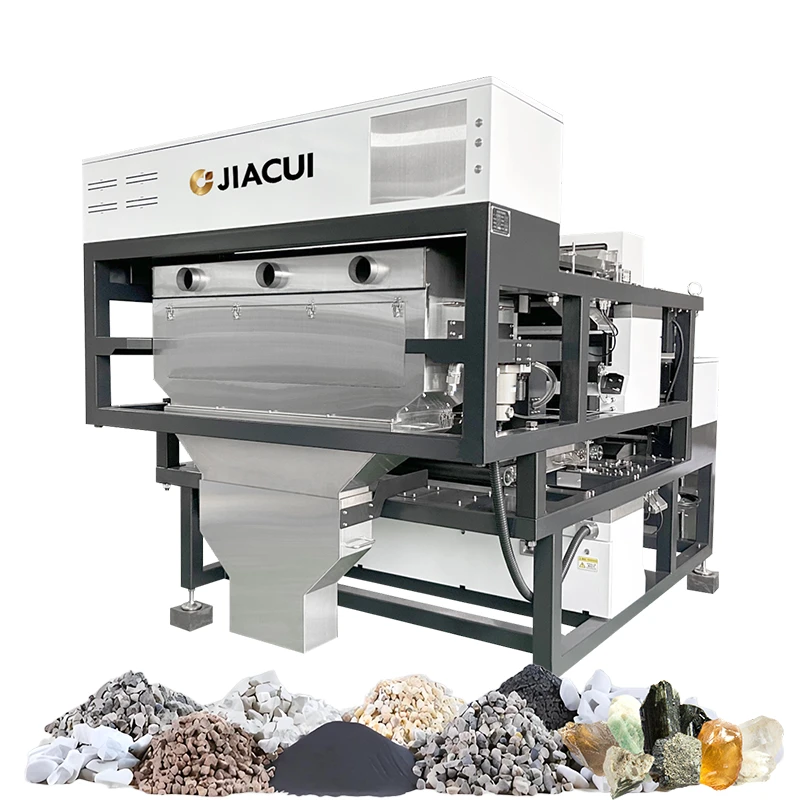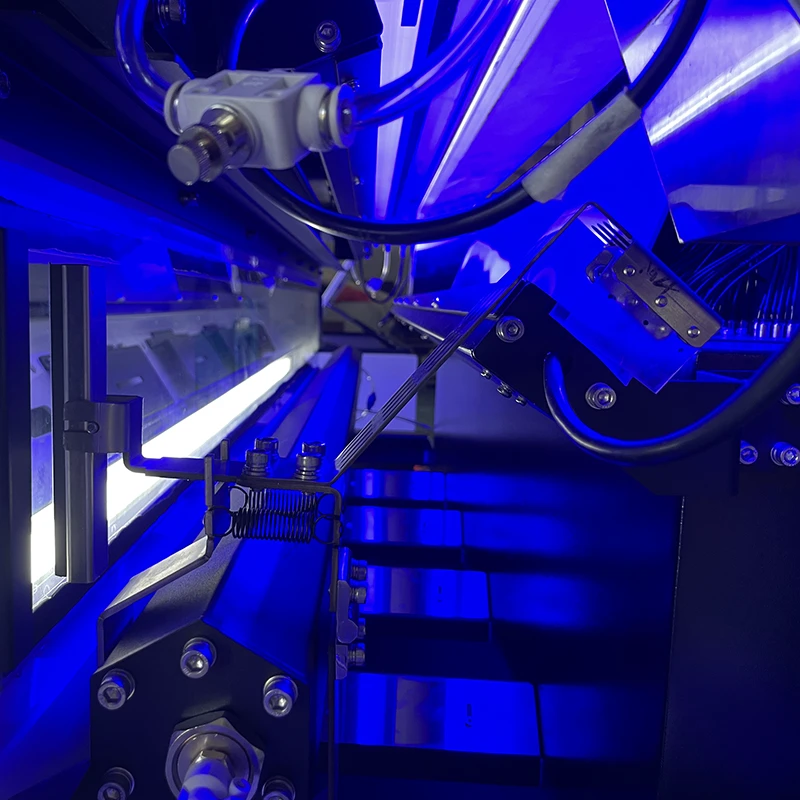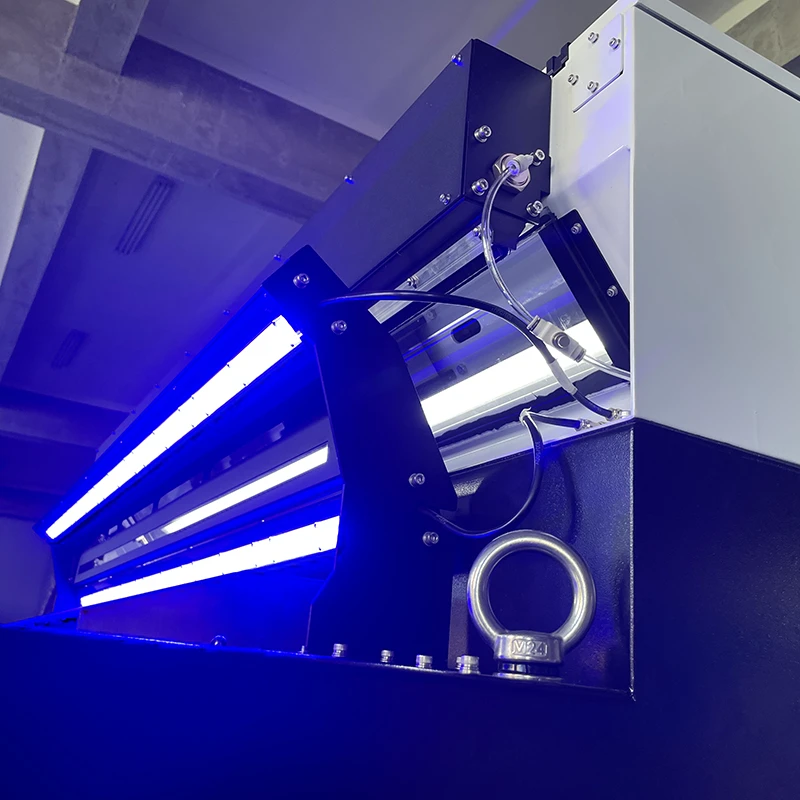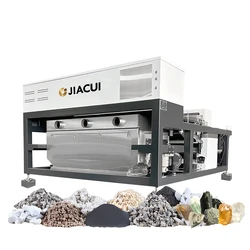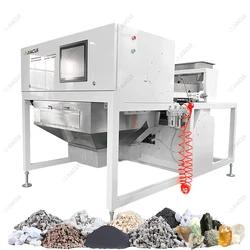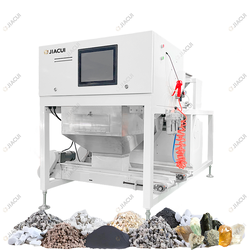As a core sorting equipment in mineral processing, the ore color sorter relies on hyperspectral imaging and AI intelligent recognition systems to achieve precise separation of target minerals and gangue based on intrinsic differences in optical properties (including reflectivity and spectral characteristics) and physical attributes (such as texture and density gradients) of ores. Its workflow adopts a modular design: ores to be sorted are uniformly and quantitatively conveyed through a vibrating feeding system, entering the sorting chamber where multispectral cameras and high-resolution linear array sensors perform full-domain scanning. The collected optical signals are parsed by high-speed FPGA processing units, and category determination is completed by comparing them with a preset mineral characteristic database. Finally, a high-frequency solenoid valve array (response speed ≤ 0.1ms) executes pneumatic sorting to achieve instantaneous separation of target minerals and impurities. This equipment is applicable to sorting multiple types of minerals such as quartz, feldspar, iron ore, and lepidolite, with a removal rate of over 99.5% for complex impurities like mud lumps, altered ores, and fractured bodies, and a processing capacity of 1-20 tons per hour. Compared with traditional processes such as gravity separation and magnetic separation, its sorting accuracy is improved by 3-5 orders of magnitude. Moreover, adaptive algorithms dynamically optimize sorting parameters, effectively reducing the loss rate of target minerals (≤ 0.5%), reducing reagent consumption and energy costs for subsequent mineral processing, and serving as a key equipment for efficient mineral purification and intensive resource utilization.
Minerals Color Sorter CS-LA1200D
Identify subtle differences in color and shape, and detect and remove discoloration substances.
Less gas consumption, large removal force, achieving ultra-high removal accuracy while saving gas and power!
Solenoid valve long service life, equipment can run for a long time!
- CS-LA1200D
Working Principle Video
Watch how our color sorter performs efficient and precise sorting work
This video shows the working process of our chute color sorter in actual production environments. From material entry, optical recognition to precise sorting, it comprehensively demonstrates the high efficiency and accuracy of the equipment.
Improve Product Quality, Reduce Production Costs
Contact our expert team now to get exclusive solutions and preferential quotes
Free ConsultationTechnical Advantages
Our technical team has over 15 years of color sorter R&D experience, continuously innovating and leading industry development

Core Technology
- Multispectral Recognition Technology: Can capture visible and near-infrared spectra, identifying subtle differences that are difficult for the naked eye to distinguish.
- High-Speed Solenoid Valve: Response time less than 2 milliseconds, ensuring precise removal of defective products.
- Intelligent Algorithm: Image recognition algorithm based on deep learning, continuously optimizing sorting effects.
- Modular Design: Facilitates maintenance and upgrades, extending equipment service life.
As an industry leader, we have participated in formulating multiple color sorter industry standards and hold over 20 patents, providing professional sorting solutions to global customers.
Equipment Accessories
We provide comprehensive accessory support to ensure long-term stable operation of equipment
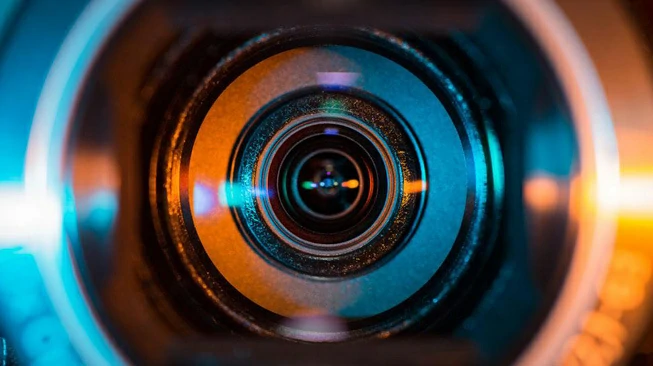
High-Precision Optical Sensor
Core component, responsible for capturing material color and shape information, ensuring sorting accuracy.
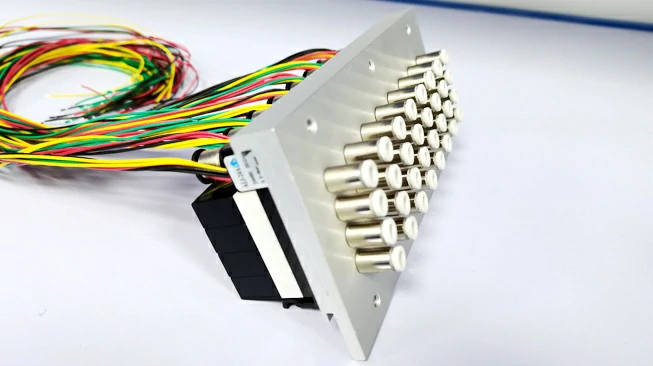
High-Speed Solenoid Valve
Fast response, precise removal of defective products, improving sorting efficiency.

Intelligent Control Panel
Intuitive operation interface, real-time monitoring of equipment status, facilitating parameter adjustment.
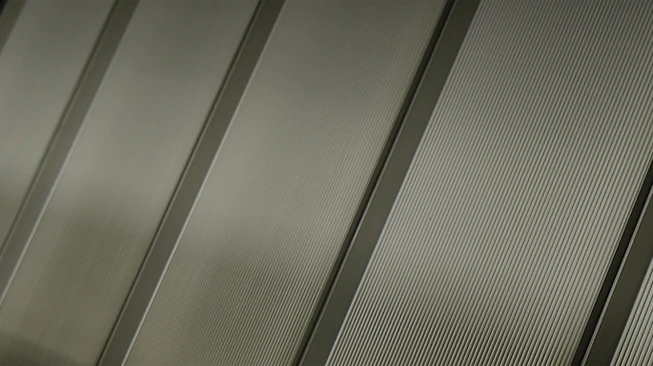
Wear-Resistant Chute Channel
Made of high-strength wear-resistant materials, extending service life and reducing maintenance costs.
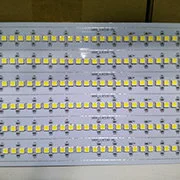
Energy-Saving LED Light Source
Provides stable and uniform lighting, reducing energy consumption and improving recognition accuracy.
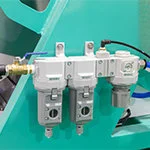
Air Filter System
Keeps the equipment interior clean, preventing dust from affecting optical system performance.
Sorting Effect Display
Visually witness the excellent sorting effect of our color sorter
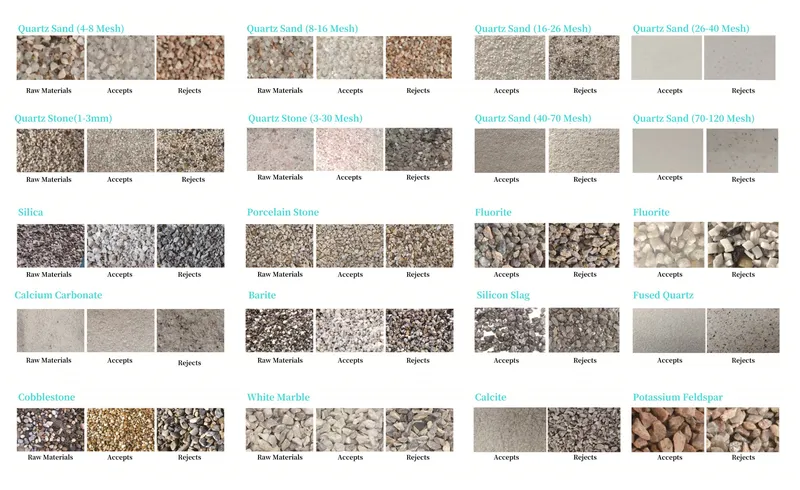
Precise Sorting, Enhancing Quality
Our color sorter can accurately identify and remove impurities and defective products from materials, with sorting accuracy up to 99.9%. The left side shows the material before sorting, containing various impurities and defective products; the right side shows the material after sorting, with impurities completely removed and product quality significantly improved.
| Model | Power(Kw) | Power Supply | Dimension L*W*H (mm) | Weight (Kg) | Capacity (T/H) | Accuracy (%) | Carryover Ratio |
|---|---|---|---|---|---|---|---|
CS-LA1200D | 9 | customizable | 2810*2000*2088 | 2300 | 5-15mm 5-7T/H;15-30mm 6-10T/H;30-50mm 8-12T/H | ≥99.99 | >20:1 |
Note: The parameters in the above table are based on standard glutinous rice (with impurity content within 2%), and specific indicators may vary depending on the material and impurity content. Specifications and dimensions are subject to change without prior notice.
Customer Testimonials
Real feedback from global customers, witnessing our product quality and service level
JiaCUi's chute color sorter helped us solve long-standing quality issues, with sorting accuracy far exceeding expectations, and product qualification rate increased by 15%.

Manager Zhang
A Large Food Processing Factory
The equipment runs stably, is easy to maintain, and the after-sales service responds quickly, making it an indispensable part of our production line.

Engineer Li
A Mining Company
The return on investment is significant. After using JiaCui's color sorter, our raw material loss decreased by 8%, greatly improving economic benefits.

General Manager Wang
An Agricultural Product Processing Enterprise
Contact Us
Fill out the form below, and our professional team will contact you within 24 hours
Contact Information
- Zijing Network Science Park.No.186 Heyang Road, High-tech Zone, Zhengzhou, Henan, China
- +86 16650275530
- sales@jiacuiworld.com



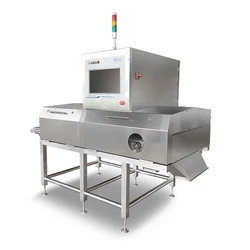
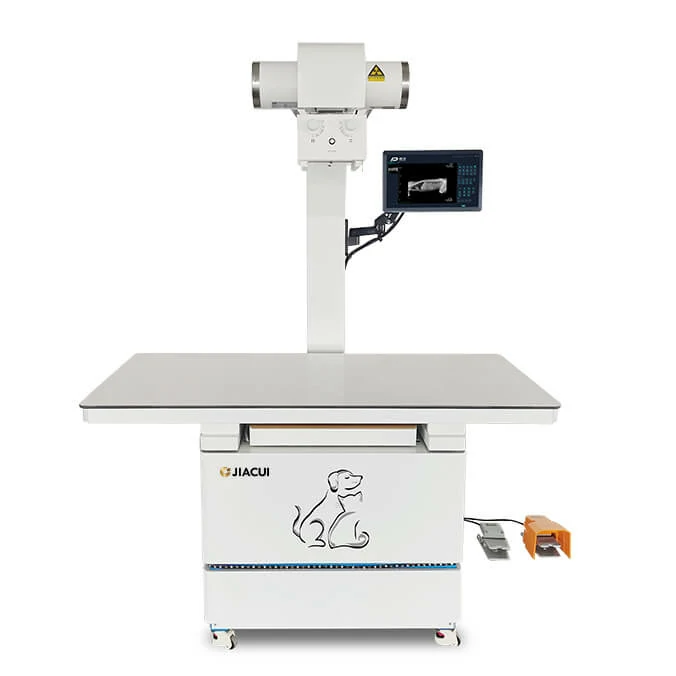
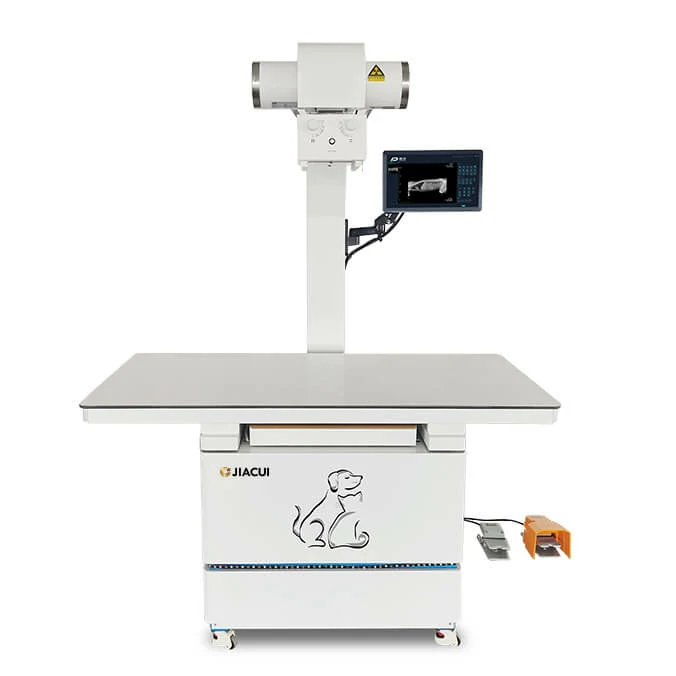

 Inquire
Inquire
 WhatsApp
WhatsApp
 E-mail
E-mail
